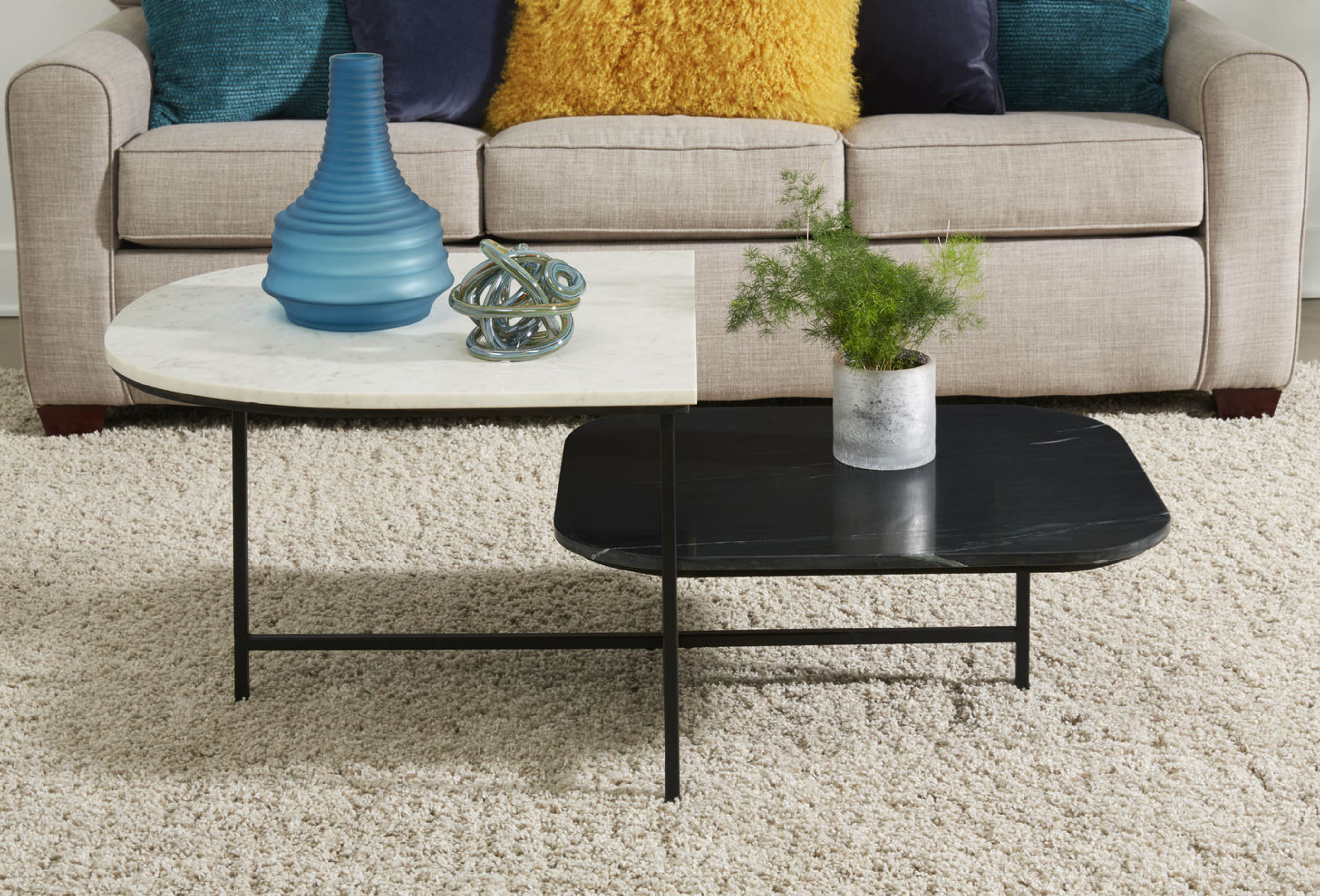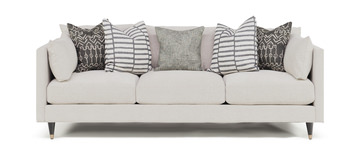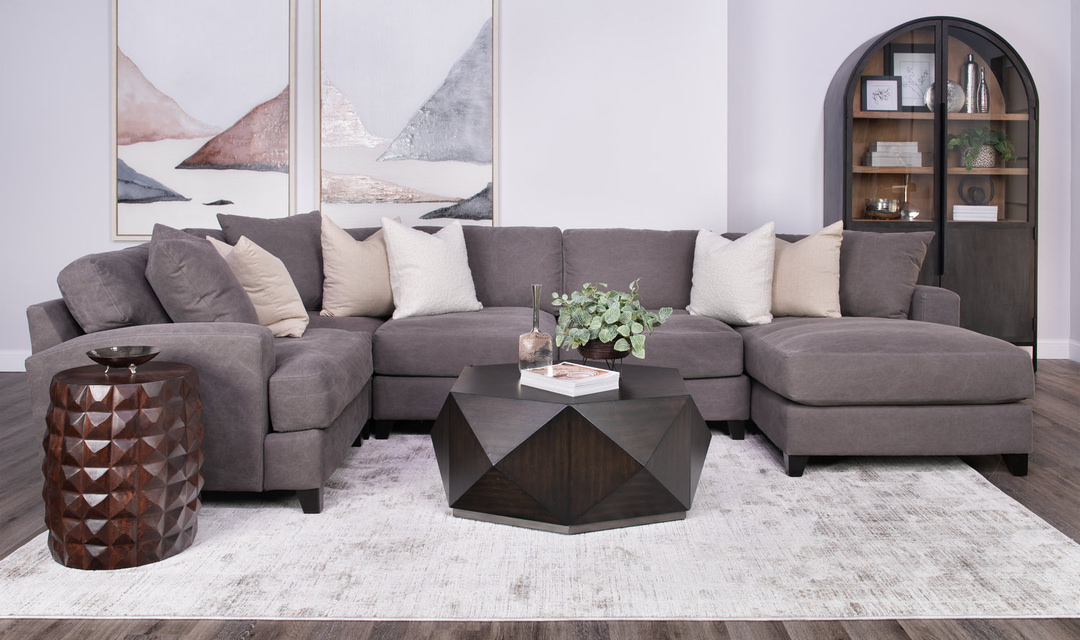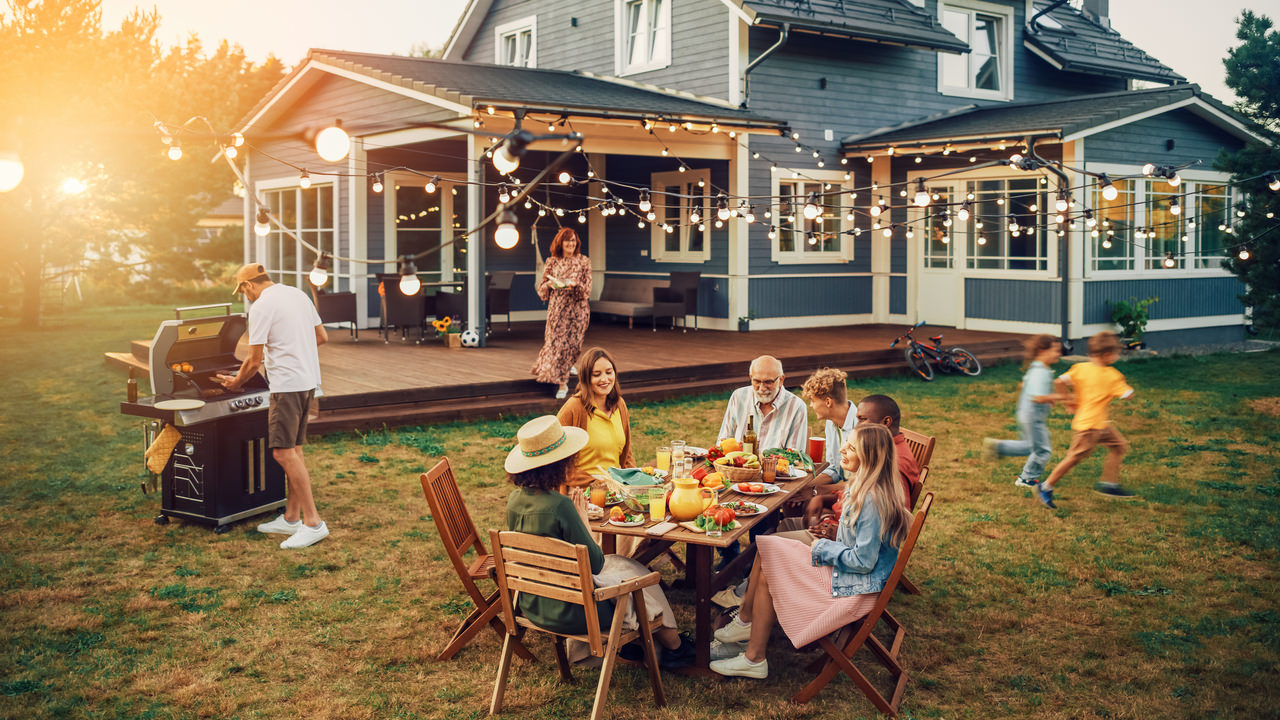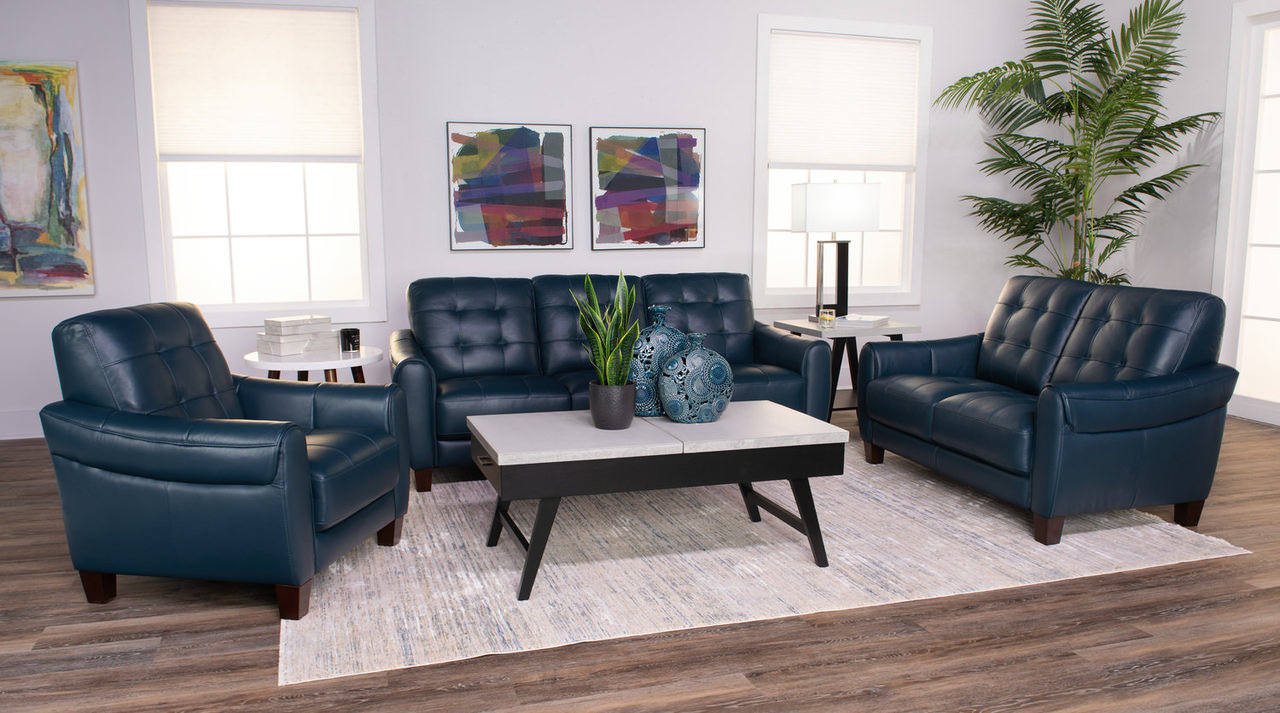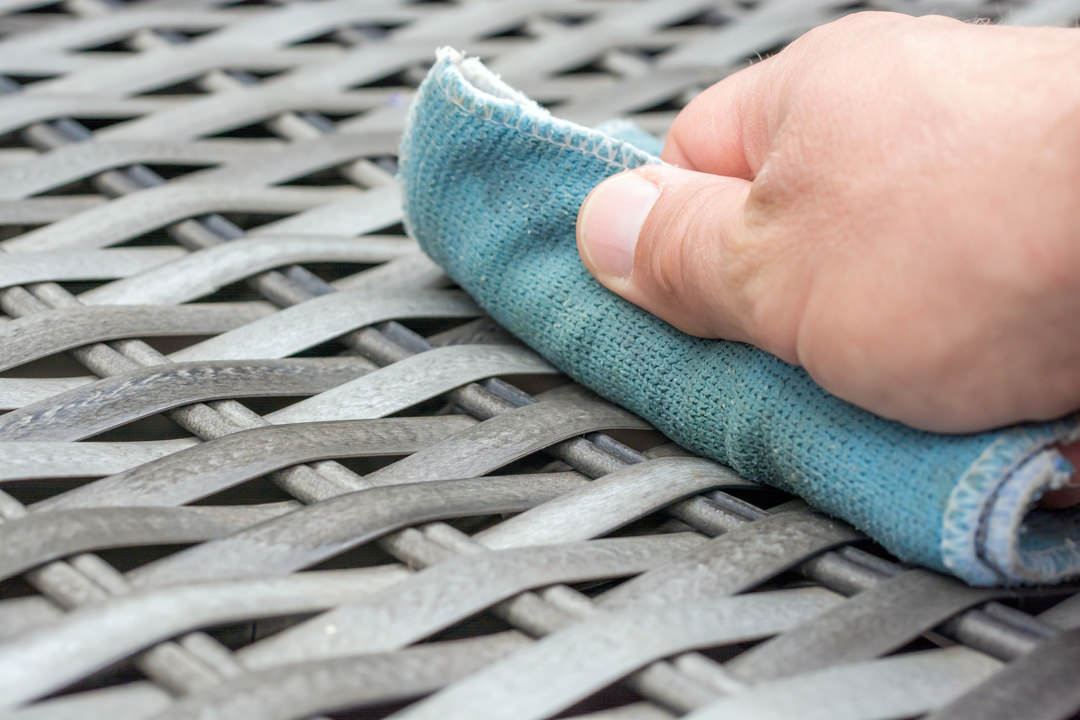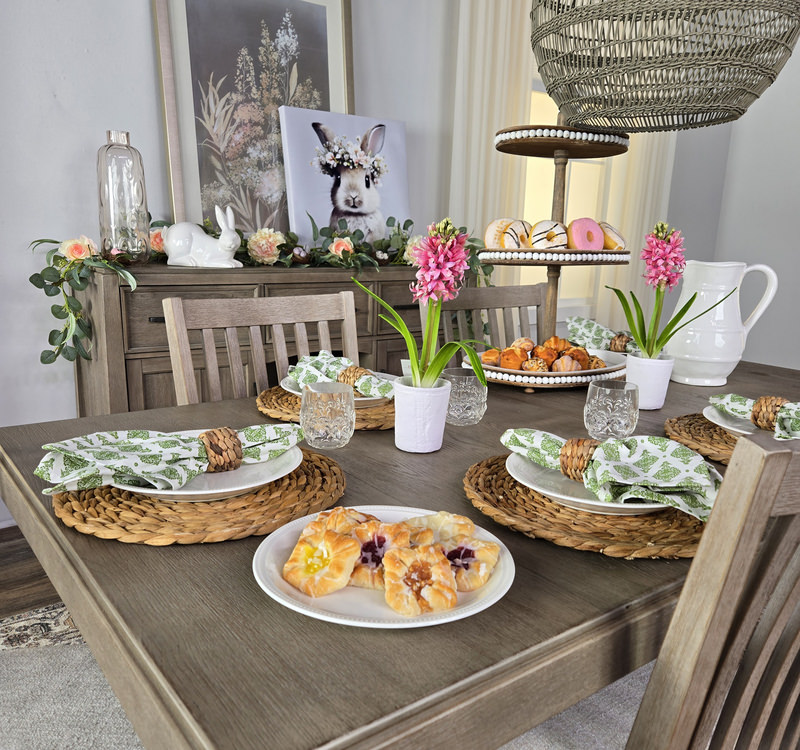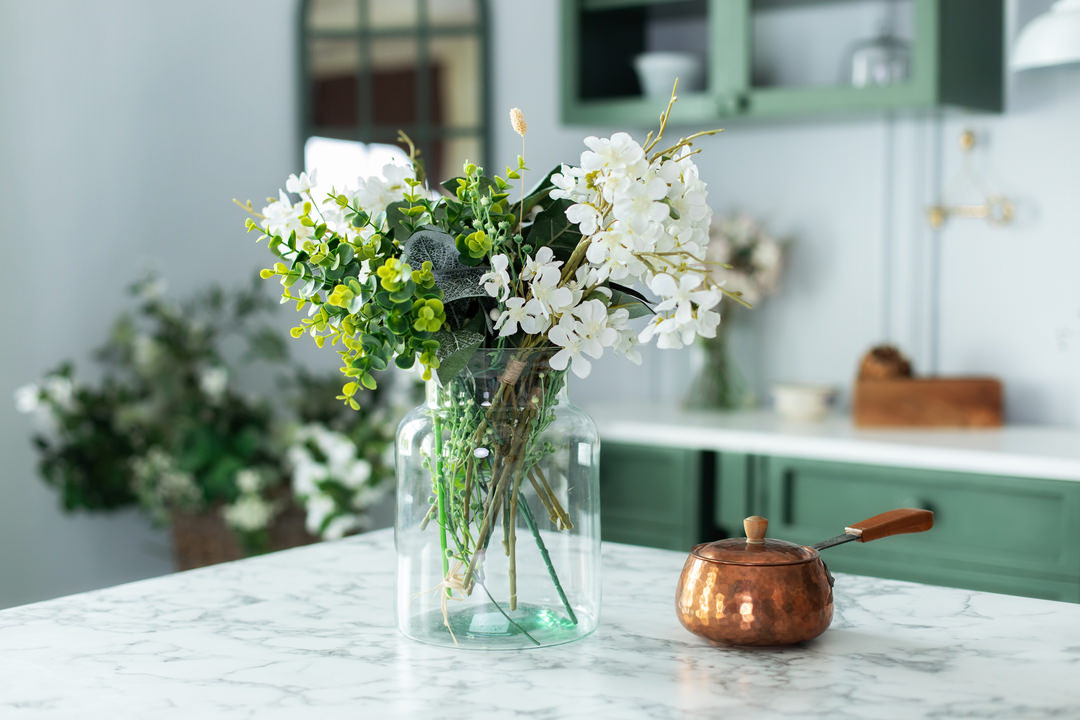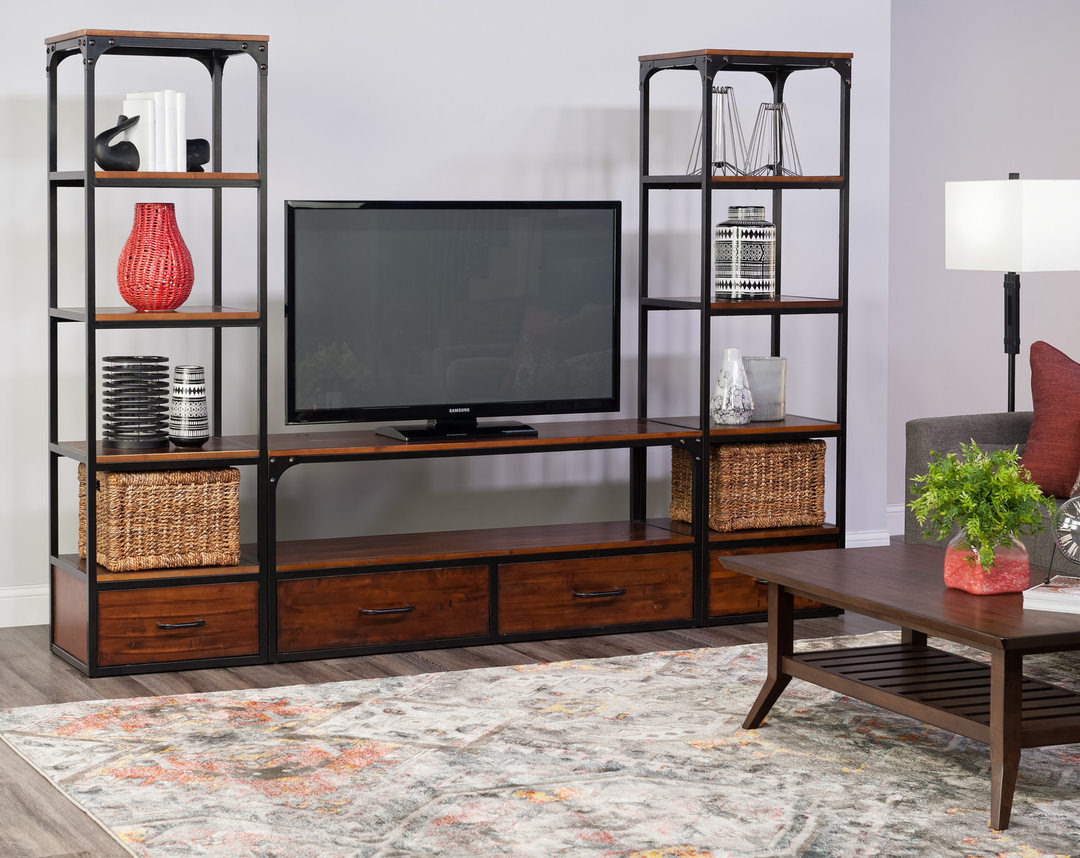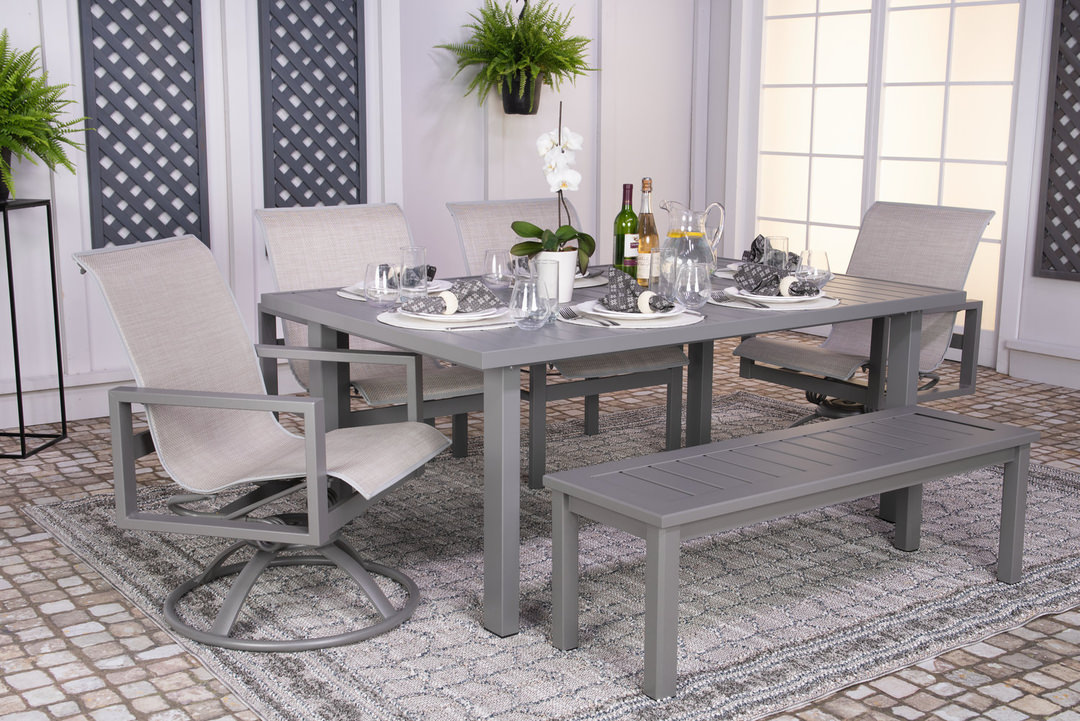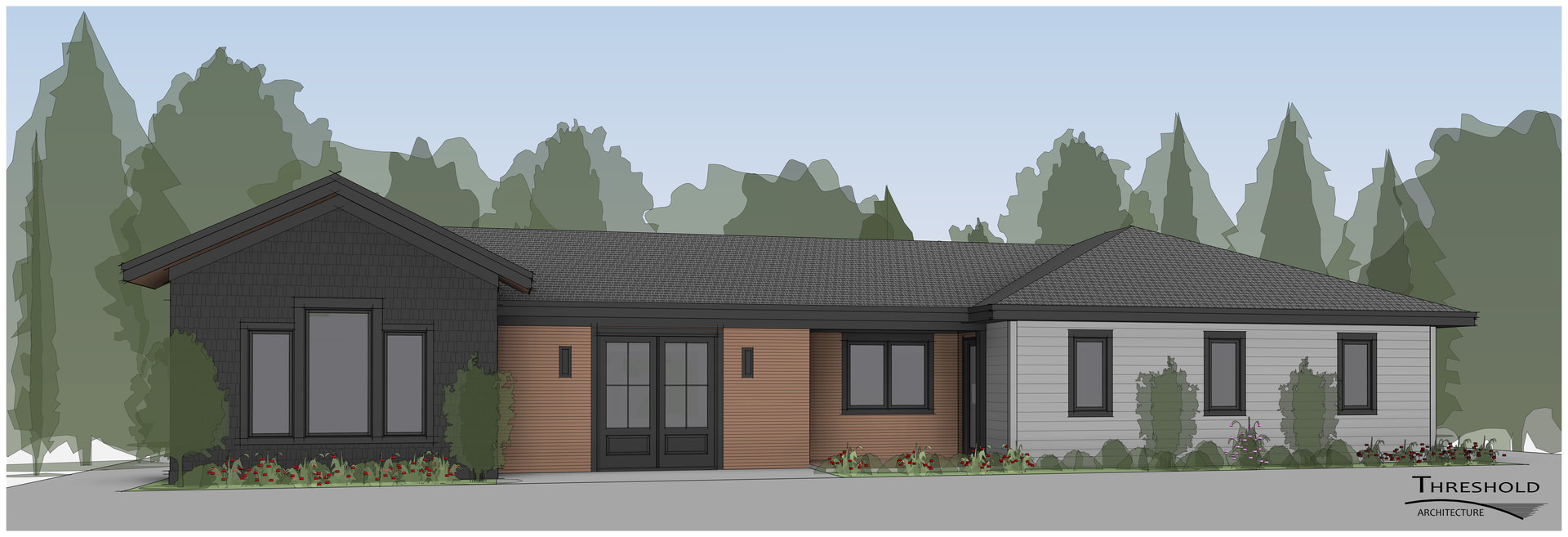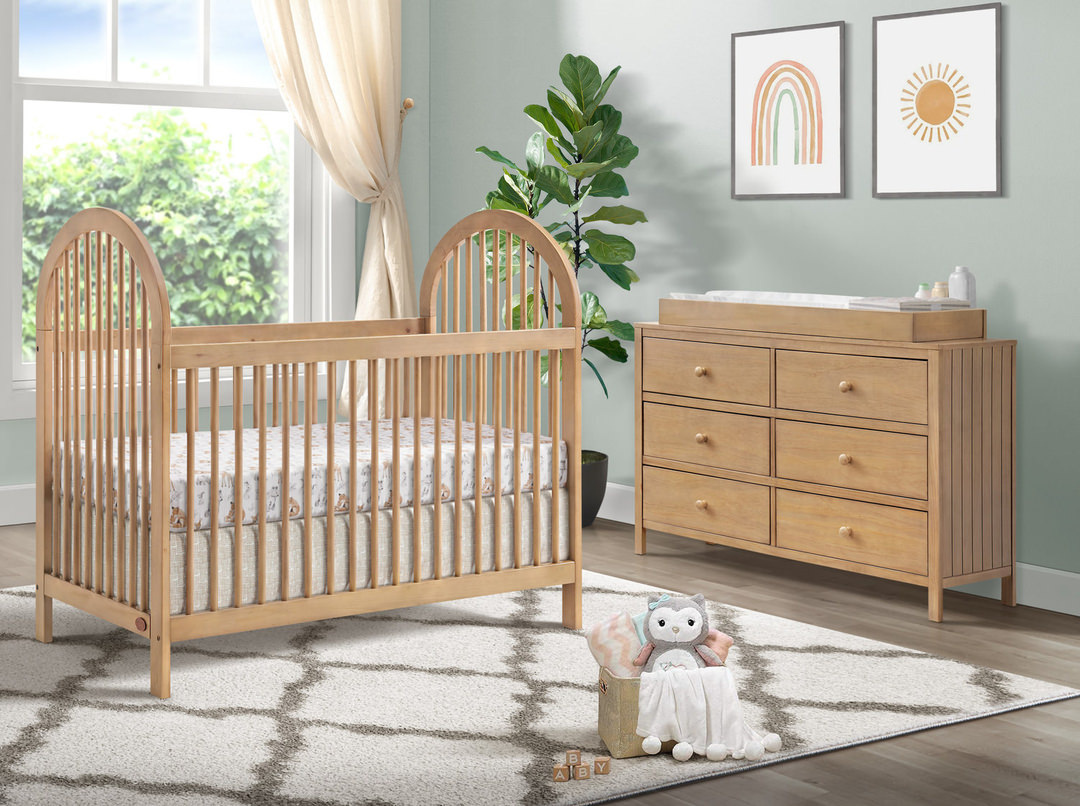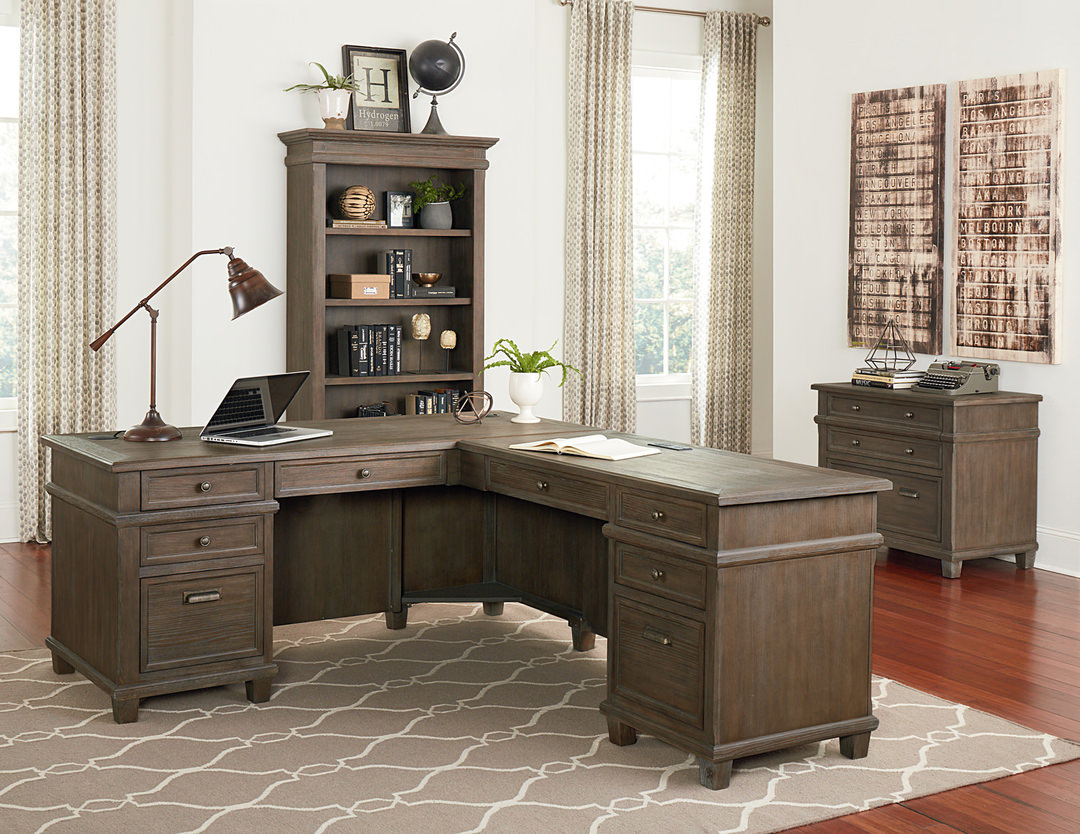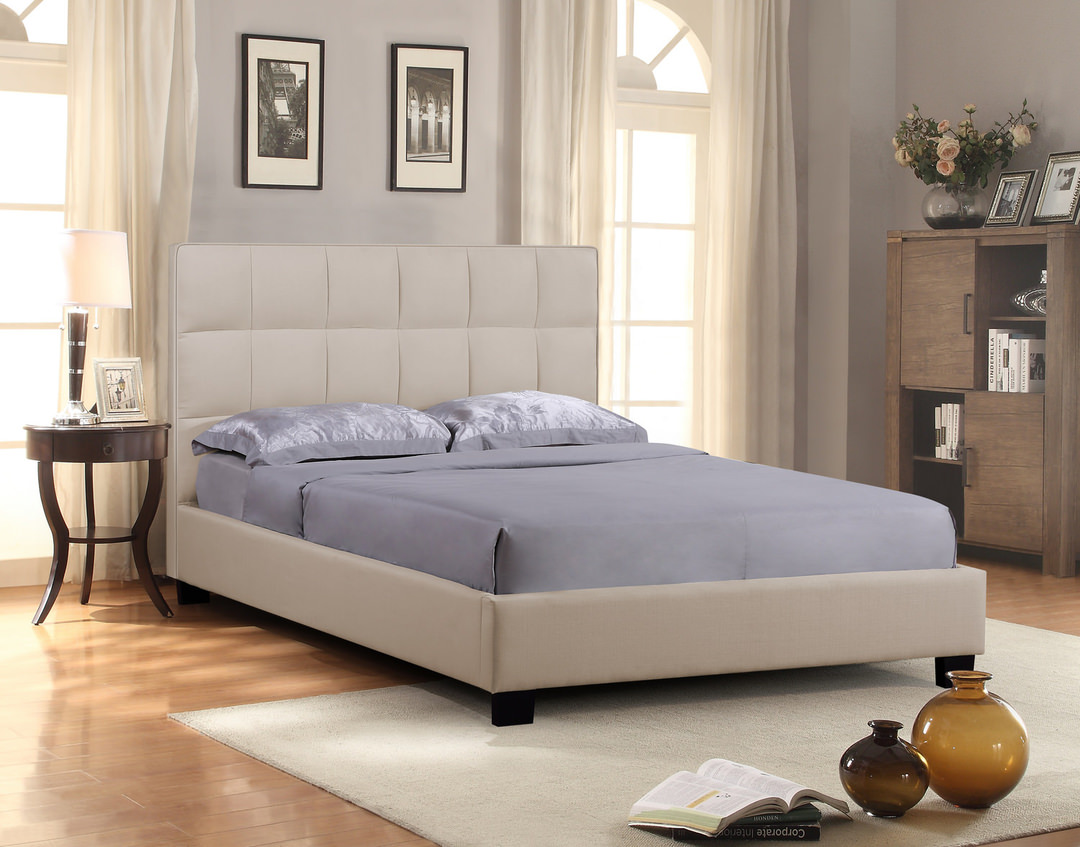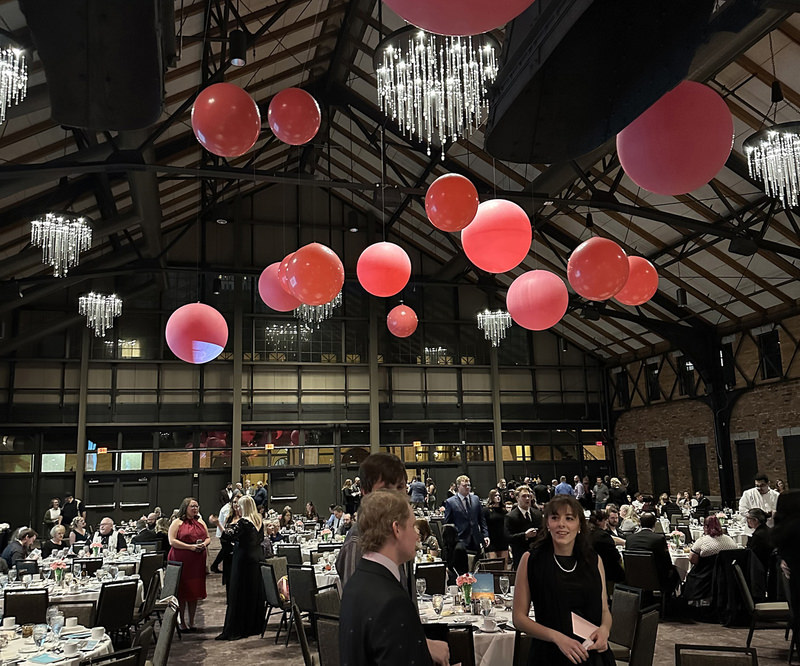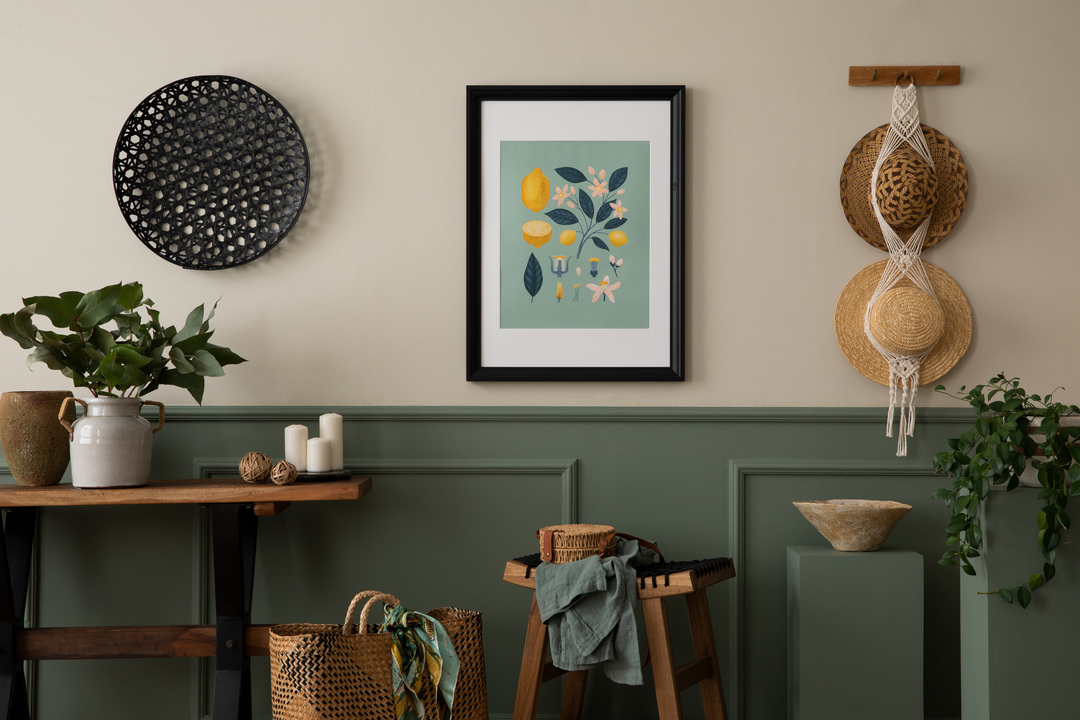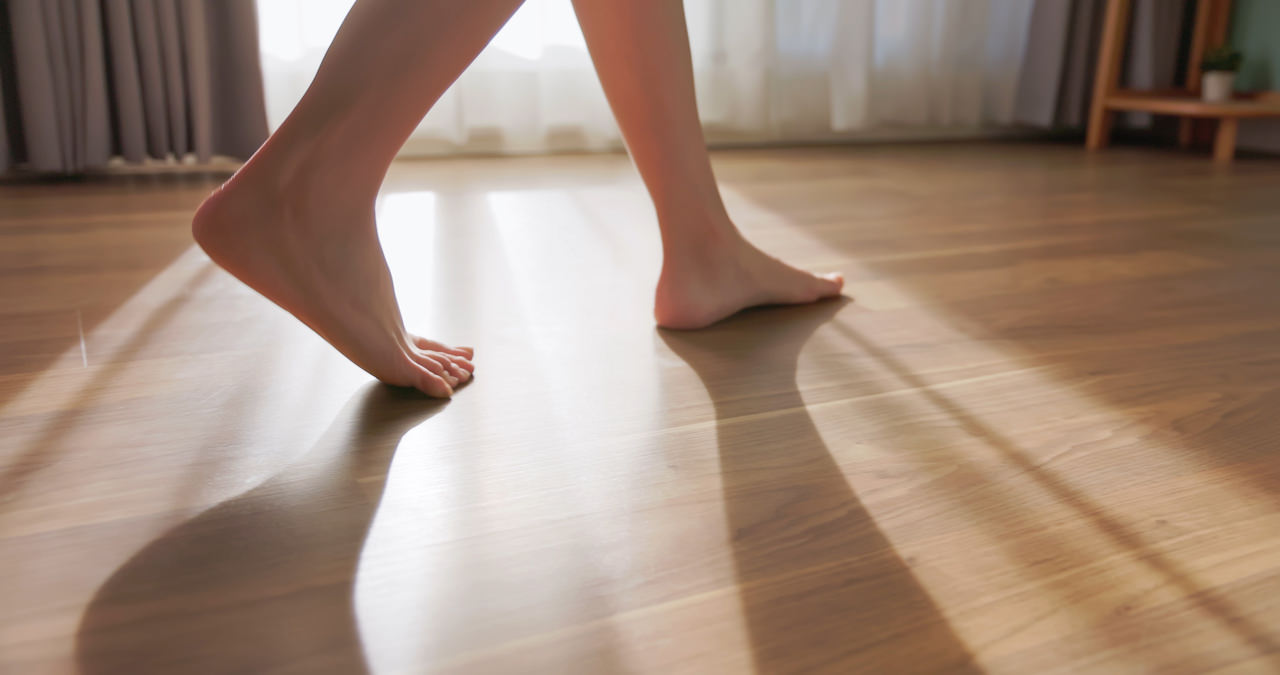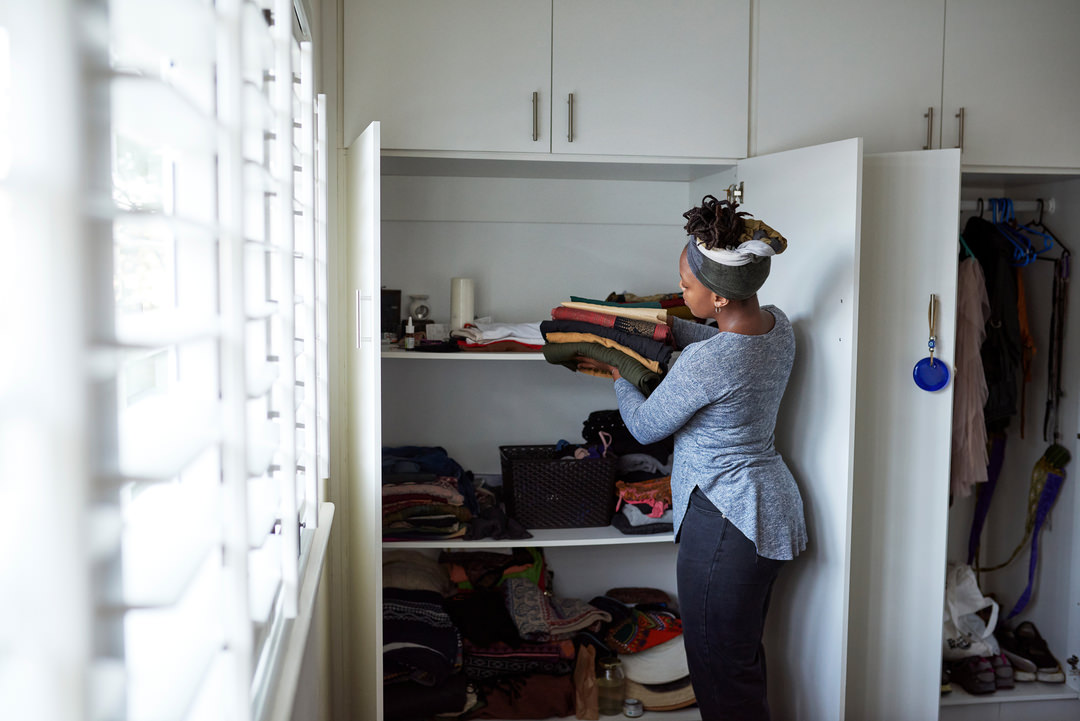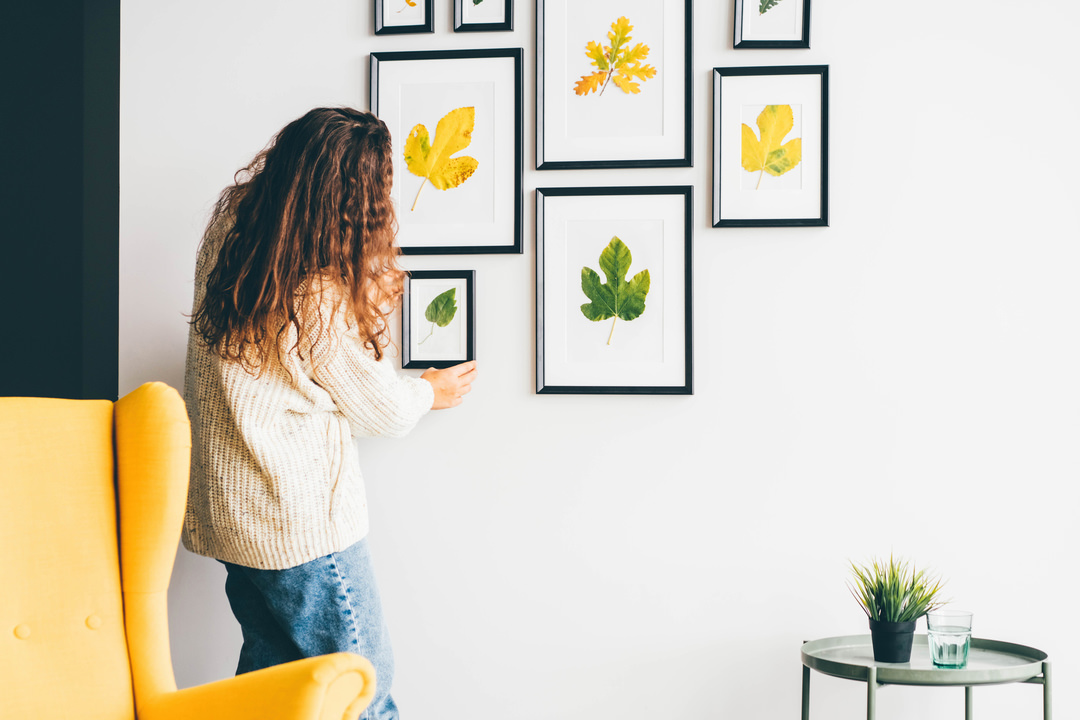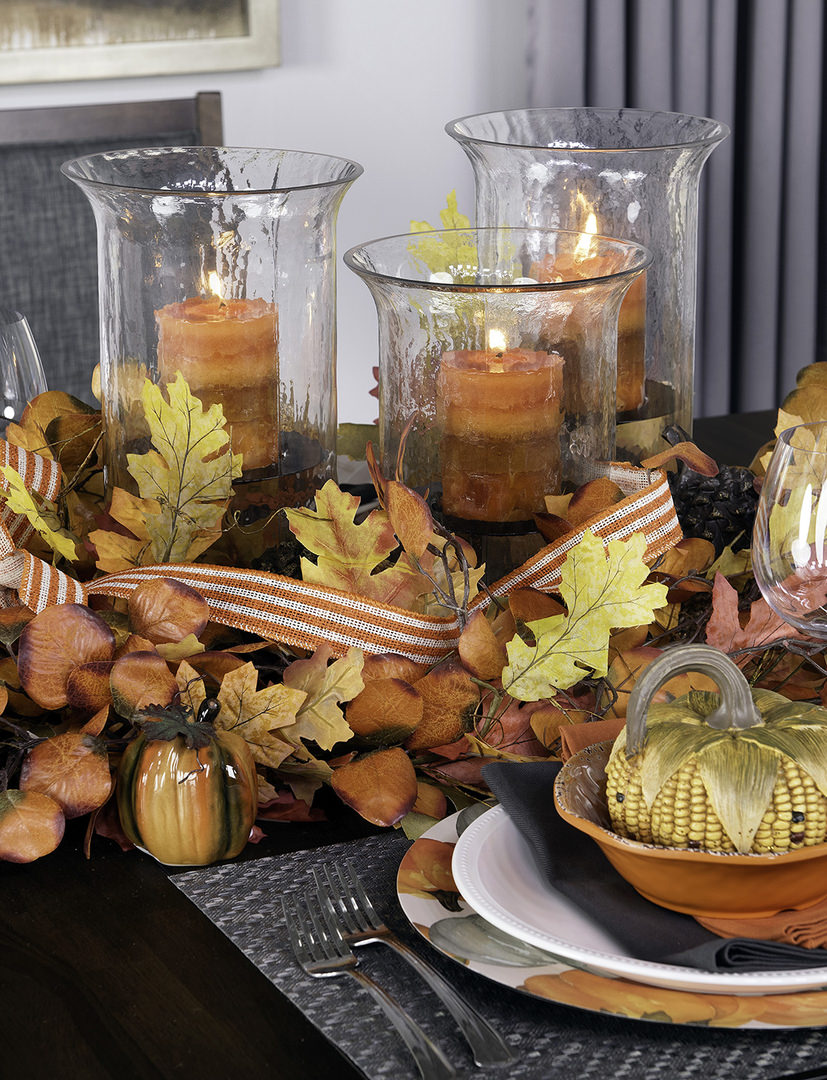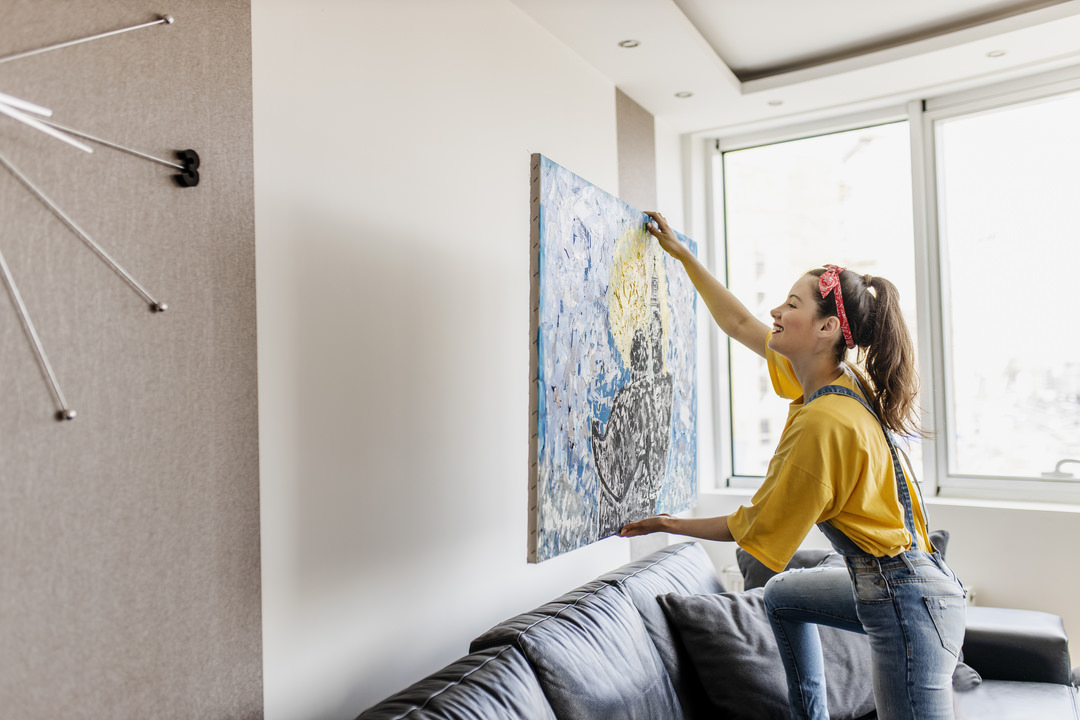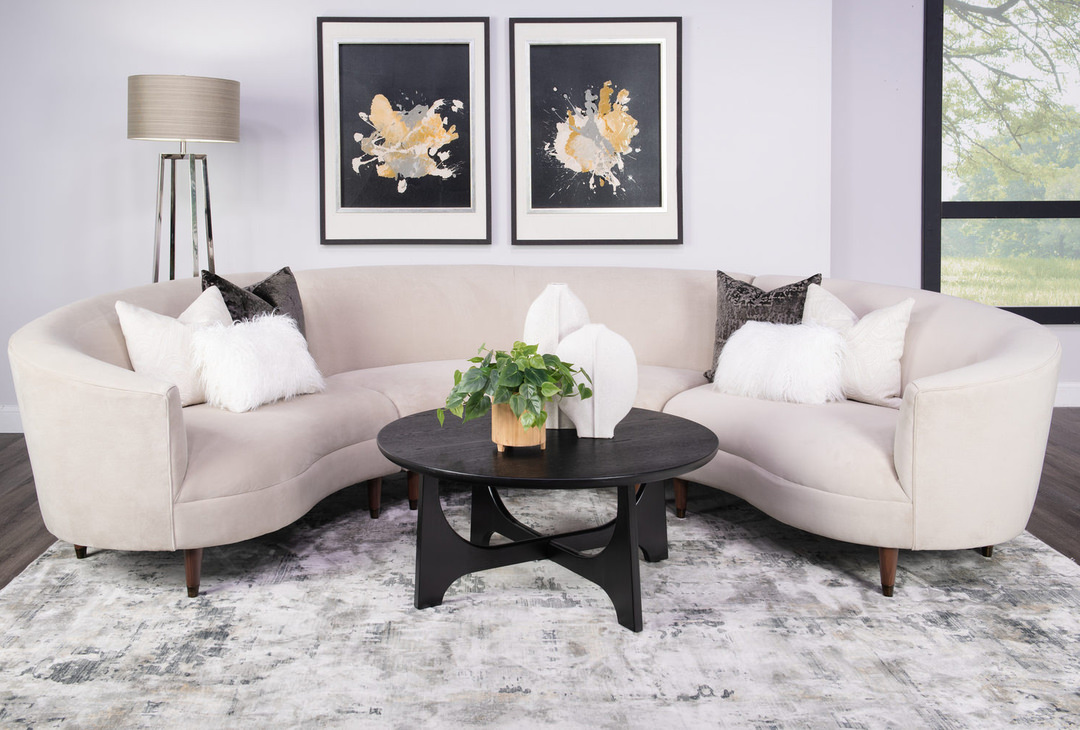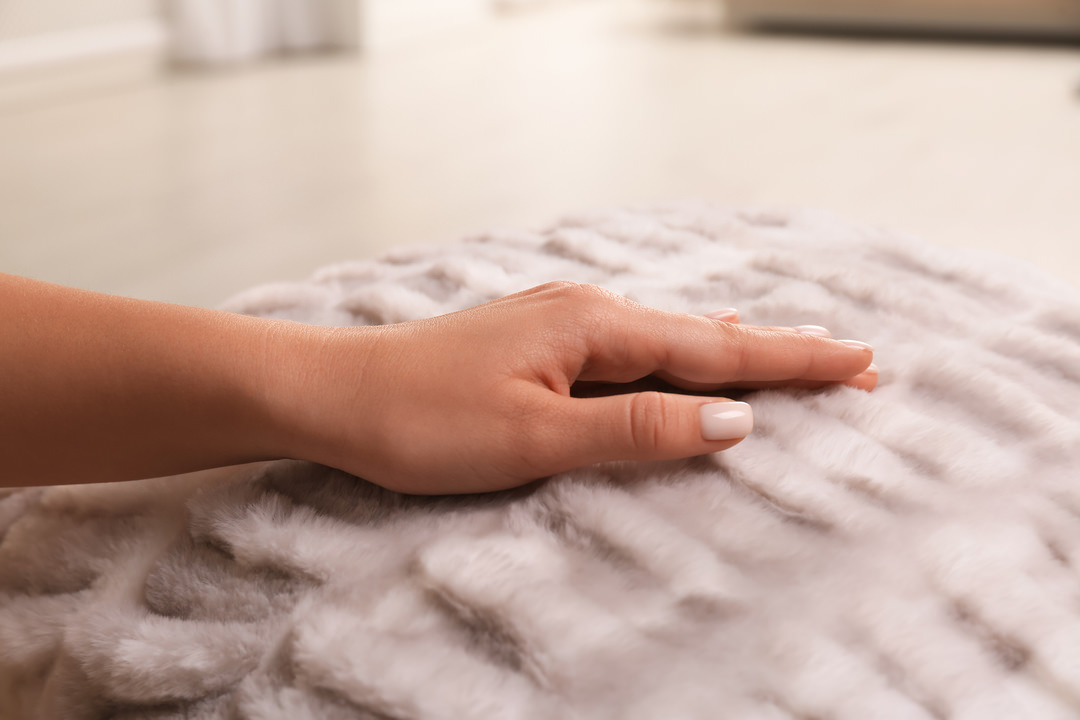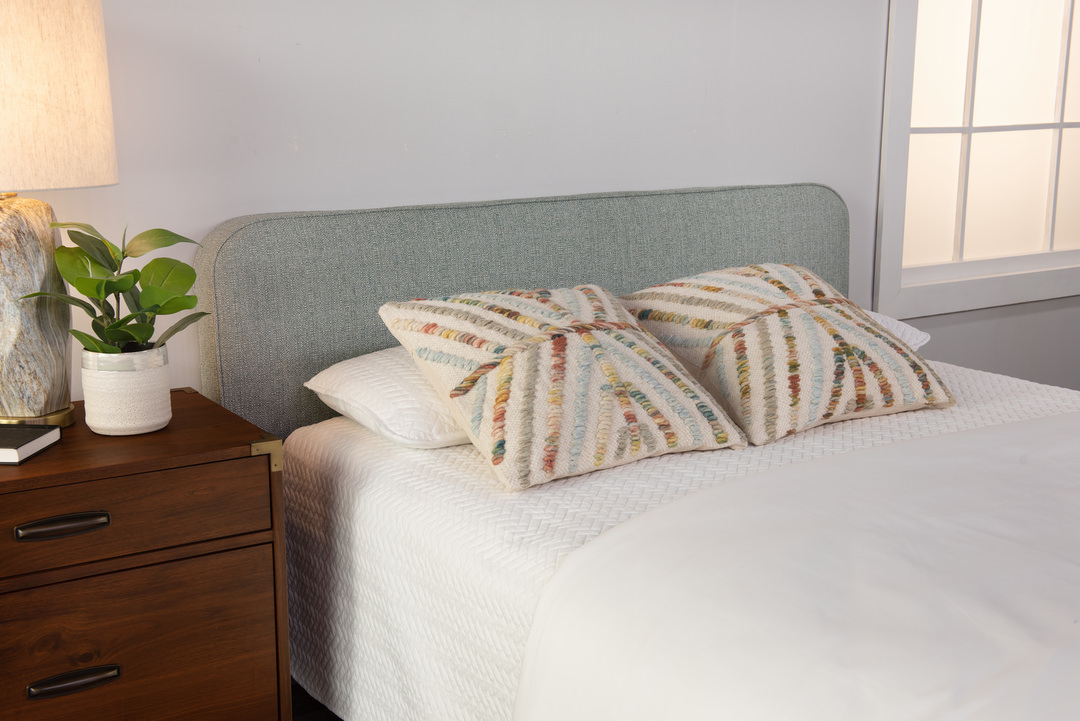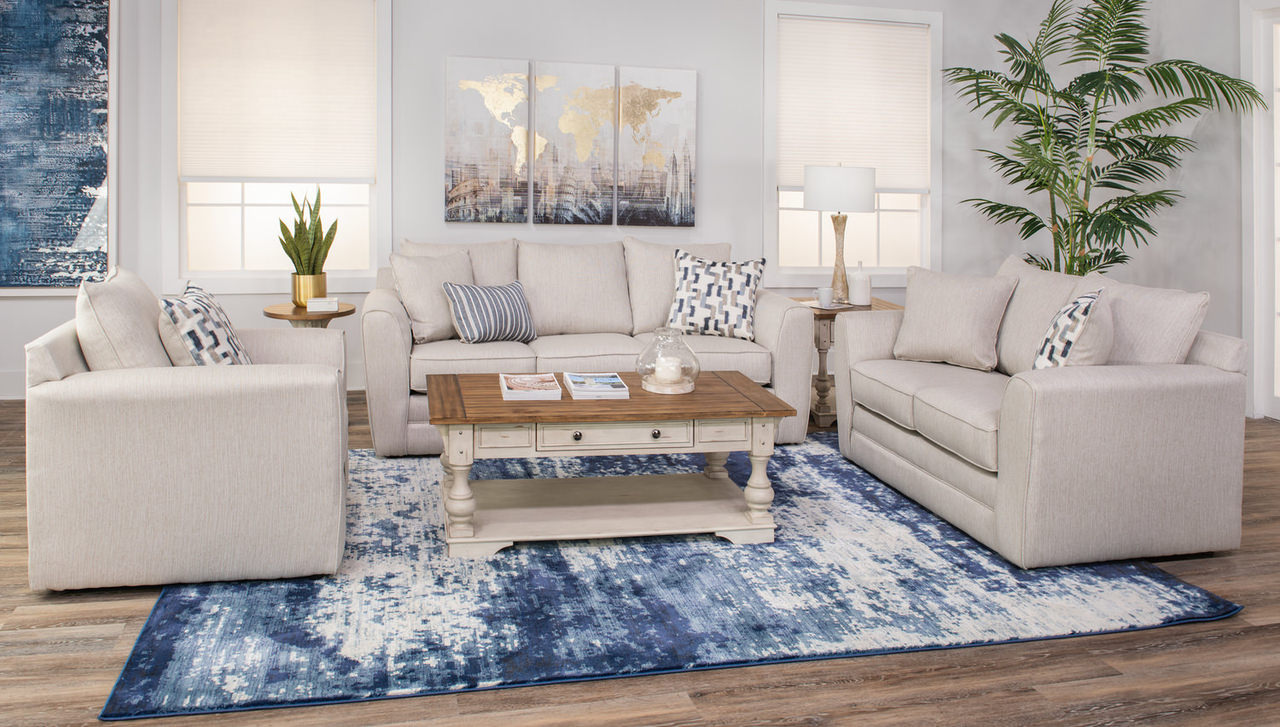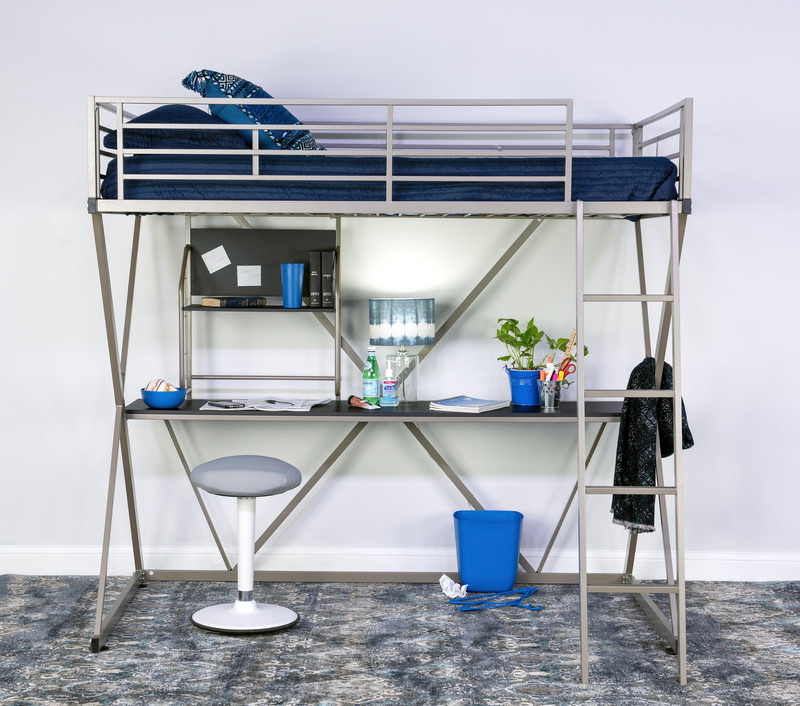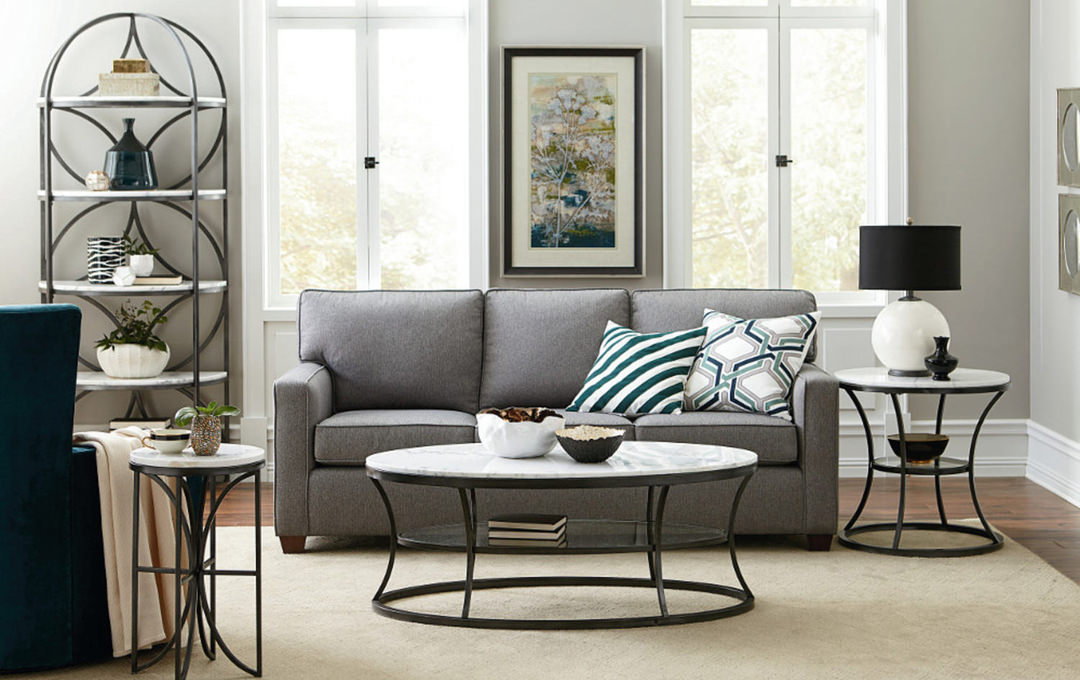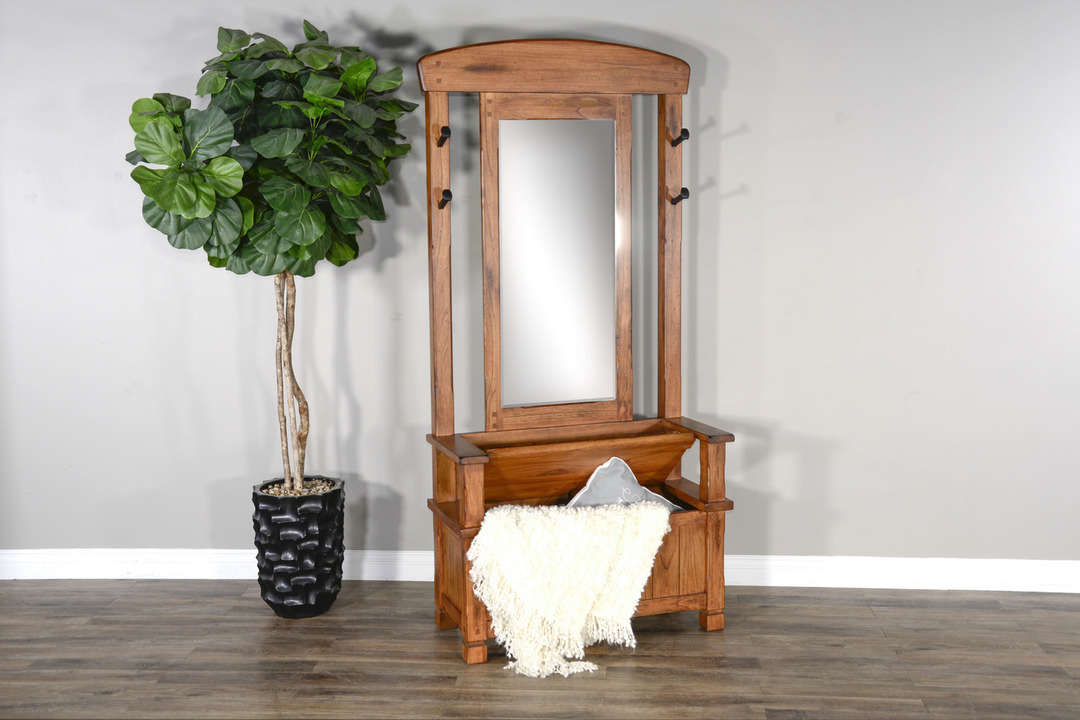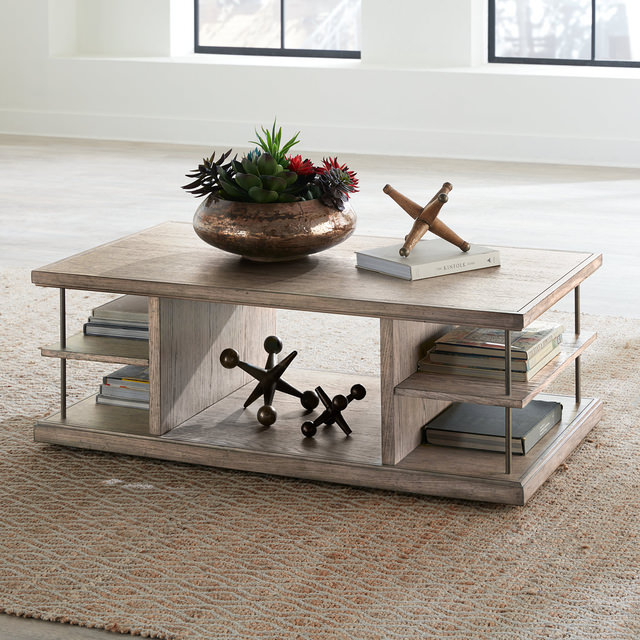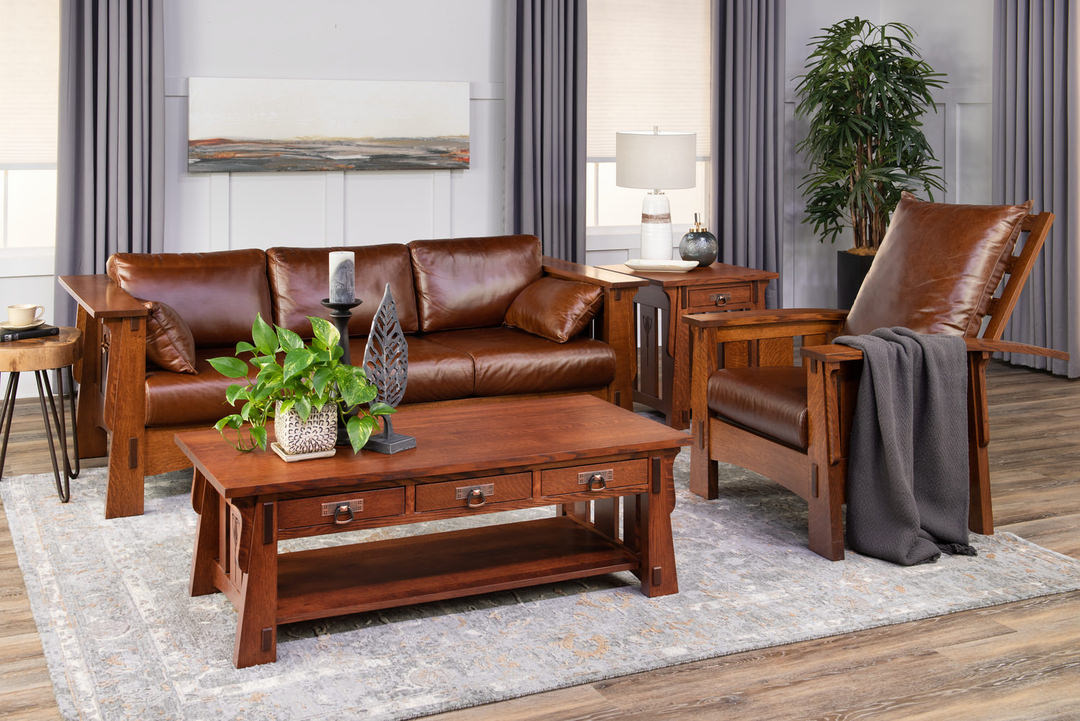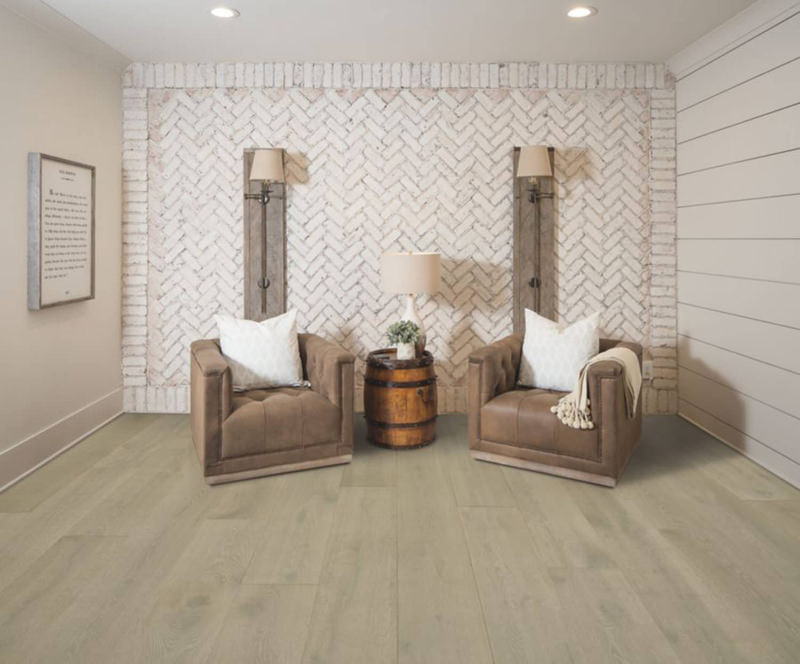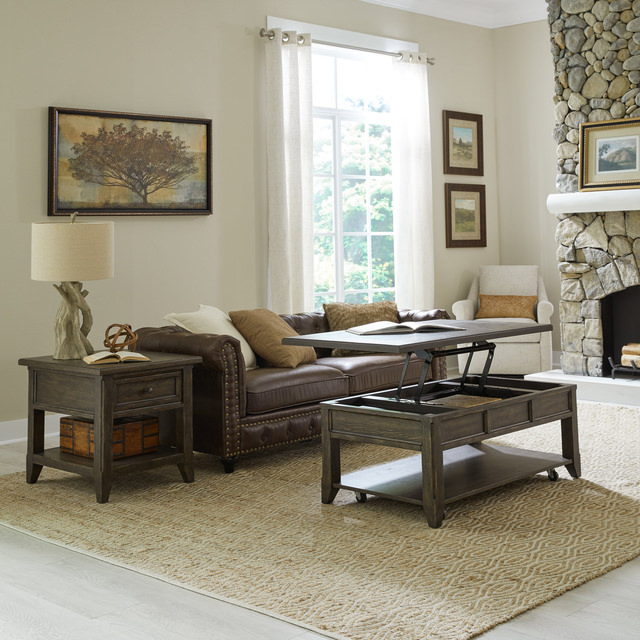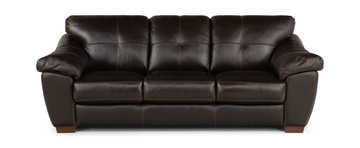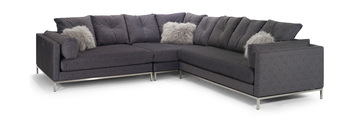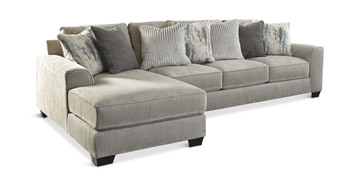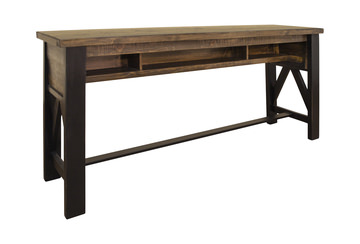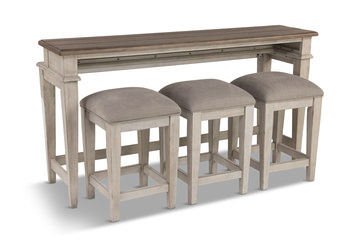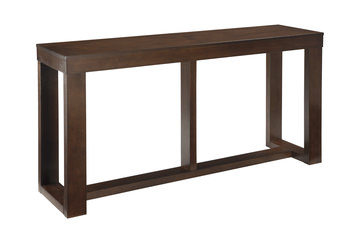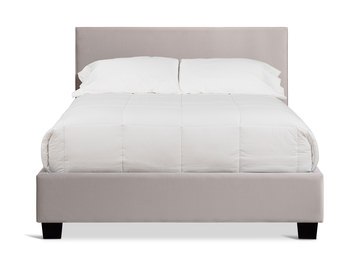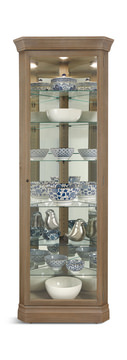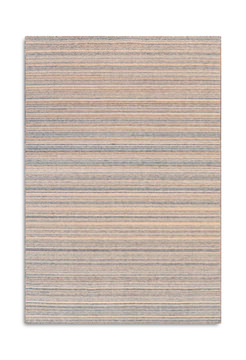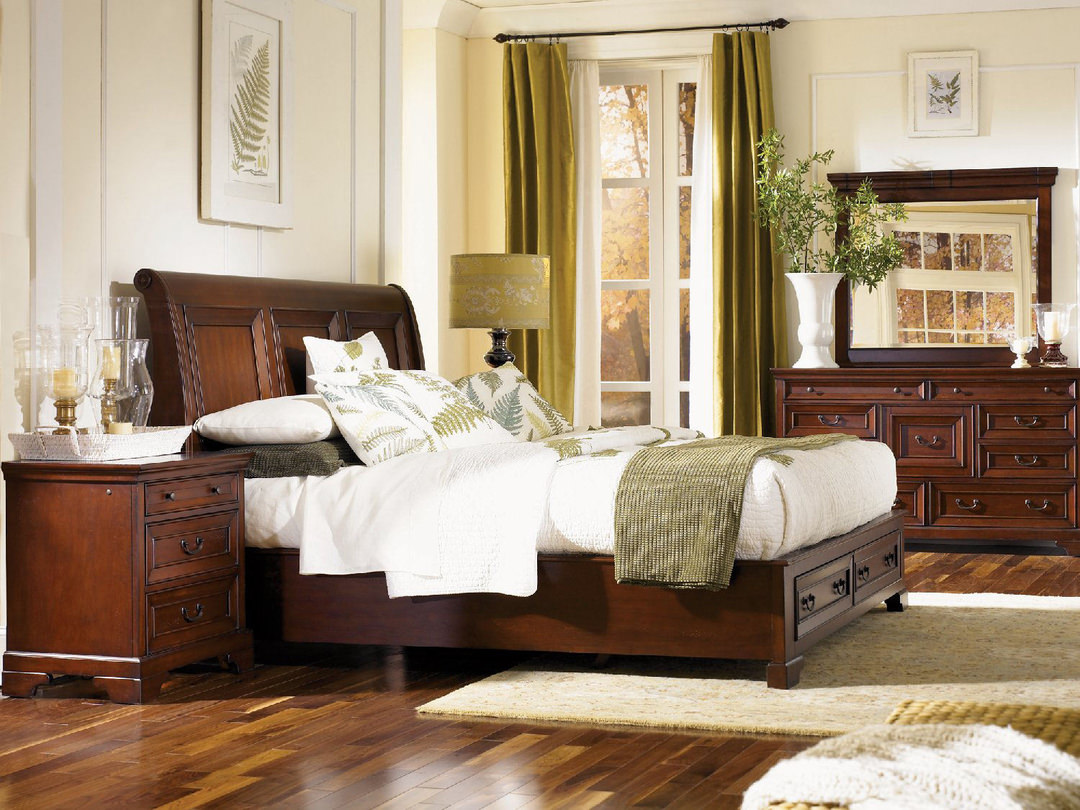Trend Alert: Floating Furniture
Break your furniture away from the room's perimeter with these tips.
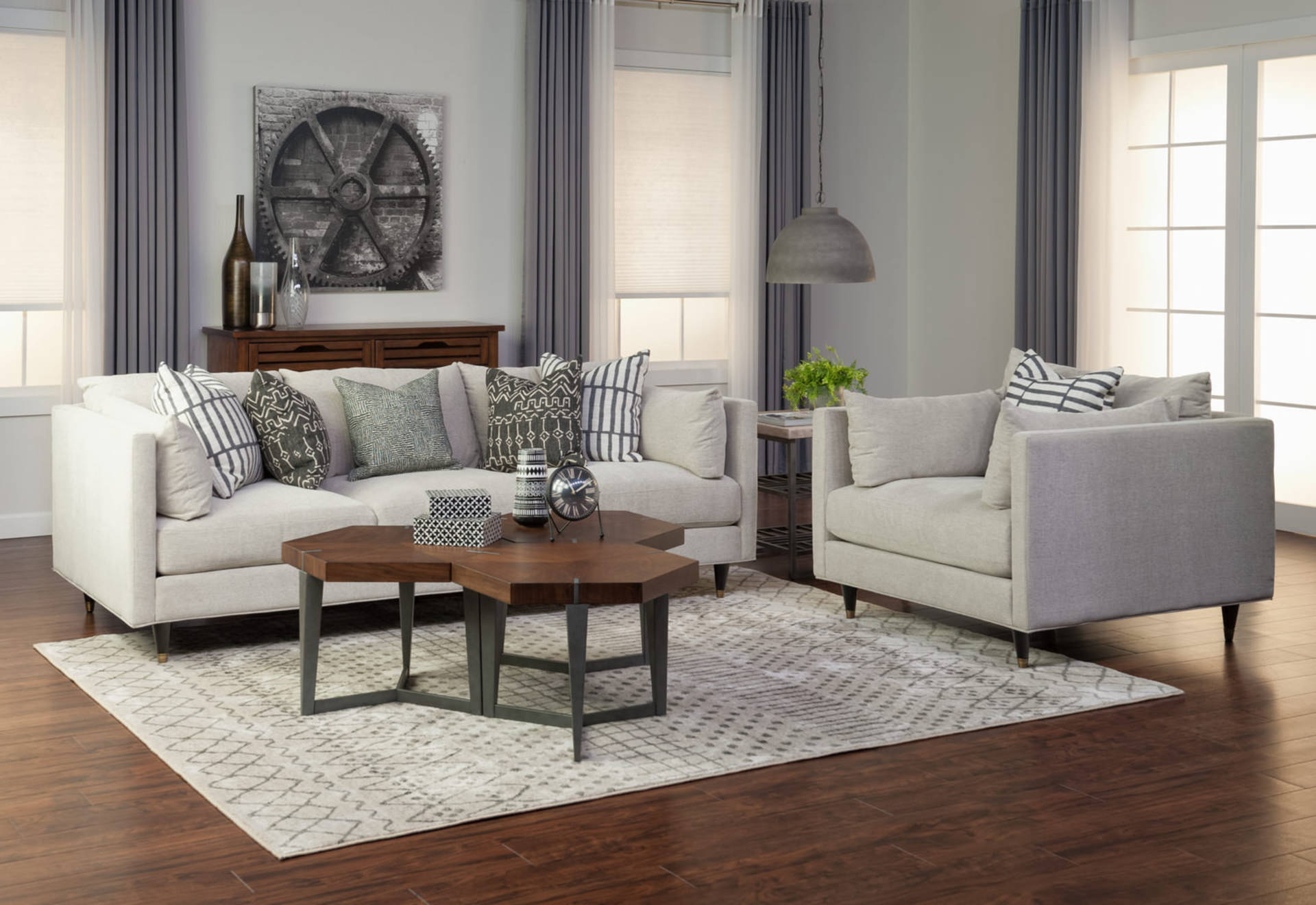
“Floating furniture” may be an odd term, but it doesn’t imply a futuristic living room with sofas and armchairs hovering in mid-air. Simply put, it involves moving furnishings toward the center of the room and leaving a foot or more of space between them in the wall.
There may be nothing supernatural about floating furniture, but the way it transforms a room seems almost magical. Read on to learn why floating furniture is a hot trend among interior designers and how you can be a furniture floater in your own home.
Why Float Furniture?
Some would say that a sofa is just fine where it’s always been, with its back against the side of the room. However, untethering furniture from the walls has interesting effects, and some of them are surprising. These are some reasons why you might consider getting on board with this trending idea.
To Define Zones
This is particularly useful in an open-concept home. It divides the single large space into multiple smaller spaces for a transformed ambiance. For example, if you float a sofa with its back to the dining table, you now have a living room and dining room, and the feel changes as you move from one to the other. You can add to that effect with a sofa table behind the couch; it becomes a feature of room it faces—and adds a lot of function to the space.
To Enhance Traffic Flow
A floating design creates new walkways through a room. Often this is more comfortable and natural, and you don’t have to cut in front of people having a conversation in the living room.
To Draw Attention to a Piece
A large item such as a sofa or sectional becomes a visual focal point when it’s free-standing. It can become the central feature that you build the room around, even more so than a sofa against the wall.
To Enlarge a Room
If you’re decorating a small room, it’s natural to think pushing everything against a wall will visually open the room up. After all, it gives you a larger central space. Surprisingly, though, pulling furnishings away from the wall can make the room feel even bigger. It’s a trick of depth perception. It makes a large piece seem airier.
Also, space near the wall appears to be unused on purpose. It creates the illusions of more available space than there actually is.
To Create More Useful Space
The space in the center of a furniture grouping contains at most a coffee table. Space near the wall can be used for a bookcase or a corner curio cabinet, and any artwork on the walls will have an extra bit of spotlighting.
To Bring About Coziness
A grouping of floating furniture moves people closer and promotes intimate conversation. It’s similar to the way floating groupings are used in hotel lobbies.
Tips for Floating Furniture
Are you ready to give furniture floating a try? Do you wonder how to float a sofa in a living room? Here are a few pointers to get you started on your floating adventure.
- Float the right sofa. Or the right sectional. Large pieces float better than small or medium-size ones. Choose furniture that looks good from the back. For example, a sofa with a 360-degree wood base is worth admiring from any angle.
- Furniture with thin legs and slender frames has a lighter feel and allows the free flow of light. Heavier and more plush furnishings lend solidity to a grouping. Either style can work. Consider the different effects these pieces can have in your room.
- Use area rugs when you’re redefining an open room into two or more spaces. They emphasize the unity of the grouping that sits on or around them.
- An open bookcase is a good candidate for floating. It not only floats on its own; it divides a large space and sets off groupings in the newly created spaces.
- Don’t compromise traffic flow. Make sure people can move comfortably around the floated setting.
- Don’t limit floating to the living room. A bed with an attractive headboard can look great away from the walls. Nightstands and a bench at the foot make it a grouping. A floated office group – desk, chair, lamps and cabinet – can work in its own room or as part of a bedroom or family room.
One of the best things about this trend is that it’s easy to try it and see if you like it. You can do it with the furniture you already have or add just a piece or two. If you’re furnishing a room for the first time, you might make your selections with floating in mind. In the long run, you can arrange or rearrange the new furniture any way you like.

